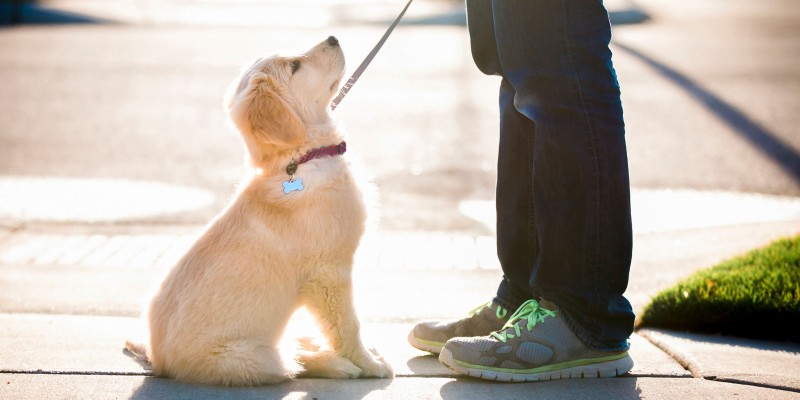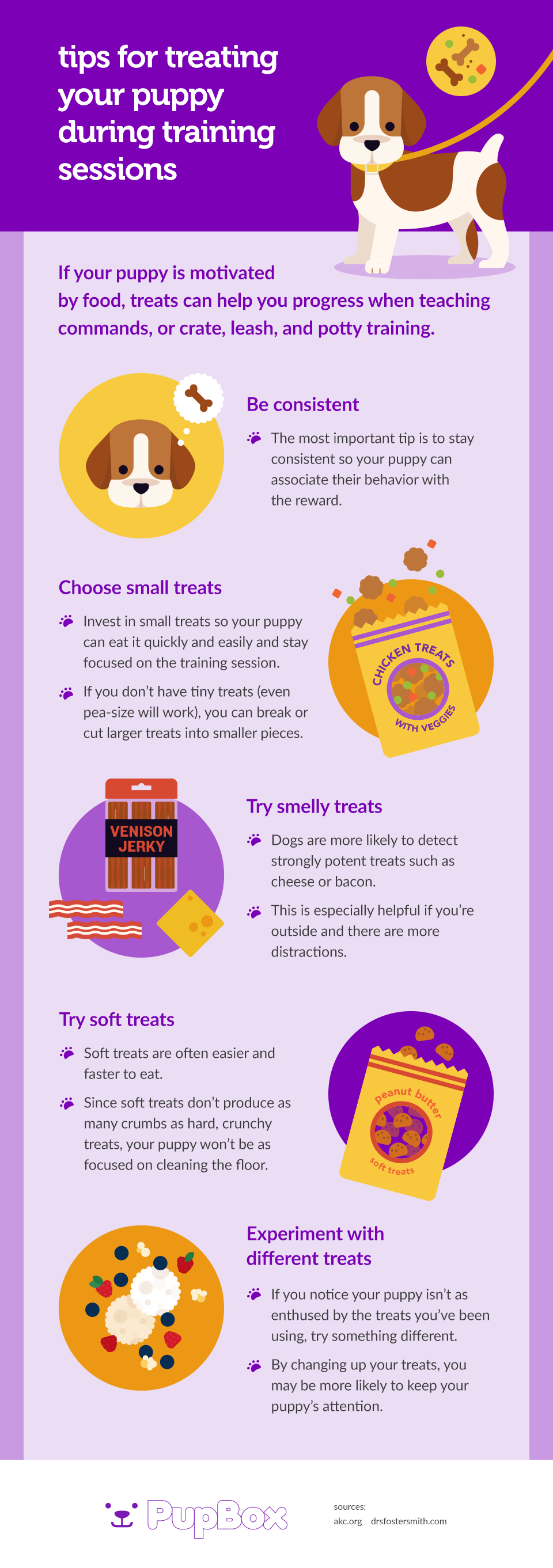Top Pup Training Techniques to Ensure a Well-Behaved Pet
Reliable young puppy training is essential for growing a well-behaved buddy, and different methods can substantially influence a canine's growth. As we discover these approaches even more, it becomes clear that the success of puppy training pivots on a combination of methods that can transform your pet dog's behavior in remarkable methods.
Favorable Support Strategies
Using positive reinforcement strategies is important for efficient puppy training, as it urges desired habits via incentives rather than penalty. This technique maximizes the natural understanding procedures of dogs, enhancing good actions by providing substantial and prompt benefits, such as deals with, appreciation, or play. By connecting favorable end results with particular actions, puppies are more most likely to duplicate those actions in the future.
Incentives should be given right away after the preferred habits occurs to create a clear link in the puppy's mind. In addition, varying the kinds of rewards can keep a puppy's passion and inspiration throughout the training process.

Consistency in Training Commands
Keeping consistency in training commands is crucial for reinforcing the lessons discovered via favorable support methods. Dogs flourish on regular and predictability, so utilizing the very same verbal commands and hand signals for certain behaviors is essential. This harmony aids pups comprehend what is expected of them, lowering complication and disappointment for both the trainer and the pet.

Timing additionally plays a considerable duty in uniformity. Commands must be delivered quickly throughout training sessions and adhered to quickly by positive support, such as treats or praise. This immediate response helps solidify the association between the command and the wanted habits.
Including consistency right into training sessions will produce a steady understanding setting, promoting quicker proficiency of commands. Eventually, a well-structured approach fosters a solid bond in between the young puppy and its proprietor, resulting in a much more loyal and mannerly pet dog.
Socializing With Various Other Family Pets
Socializing with various other pets is crucial for a young puppy's development, as it aids them find out proper actions and interaction abilities in diverse social contexts. Very early interactions with various pets can significantly influence a puppy's character and flexibility in various circumstances. When young puppies are subjected to a selection of family pets, they become a lot more confident and much less fearful, which can avoid possible behavior issues later on in life.

Educate your pup to identify signals from various other pets, such as signs of playfulness or discomfort, fostering shared respect and understanding. Normal socializing not just boosts your puppy's social abilities however likewise contributes to their overall well-being, developing a more harmonious living setting.
Dog Crate Training Perks
Acknowledging the numerous advantages of crate training can considerably enhance both the puppy's and owner's experience. Crate training provides a risk-free and secure setting for pups, ensuring they really feel safeguarded when left alone. This feeling of safety and security can significantly minimize stress and anxiety and stress degrees for both the proprietor and the pet dog.
Additionally, dog crates act as an important house-training device. Pups normally avoid soiling their sleeping location, consequently motivating them to hold their bladder until they are let outside. This instinct can speed up the housebreaking process, promoting great behaviors early.
When unsupervised,Crate training additionally helps in handling a pup's behavior - puppy training. By supplying a designated space, owners can avoid devastating actions, such as chewing on furnishings or getting involved in harmful materials. Additionally, crates can be valuable throughout traveling, offering a familiar area that can help soothe a young puppy in new environments.
Lastly, establishing a cage regular urges independence, permitting puppies to learn exactly how to be alone without concern. Generally, pet crate training is an effective technique for promoting peace, technique, and safety and security, leading to a click for source well-adjusted, well-behaved family pet.
Leash Training Essentials
Leash training is a basic facet of accountable animal possession that ensures a pleasurable and risk-free strolling experience for both the young puppy and its proprietor. Appropriate leash training starts early, preferably during the puppy's socialization duration. This training aids develop great practices and promotes positive behaviors when out in public.
To begin, choose a comfy collar or harness that fits your young puppy well. Connect a tough leash, ensuring it is not also long, as this can lead to pulling and unpredictable actions. Beginning in a quiet setting to lessen interruptions and gradually introduce your young puppy to new surroundings.
Usage positive reinforcement strategies, such as treats and praise, to urge your pup to walk beside you. Quit strolling and wait for them to return to your side before proceeding if your pup pulls. This teaches them that pulling will not generate ahead activity. Uniformity is essential; practice frequently and stay client, as mastery takes some time.
Furthermore, integrate short training sessions with fun distractions to build your pup's emphasis. With commitment and determination, leash training will lead to a hospitable friend, making strolls pleasurable for both the proprietor and the young puppy.
Verdict
In conclusion, utilizing effective pup training strategies is crucial for creating a well-behaved animal. Favorable support fosters trust and motivates preferred behaviors, while uniformity in commands aids in understanding. Socialization with other pets enhances flexibility browse around this web-site and social abilities, and cage training provides a safe and secure atmosphere that sustains house-breaking efforts. Last but not least, leash training develops appropriate strolling routines, contributing to delightful getaways. Overall, these approaches collectively advertise an unified connection between puppies and their owners.
As we discover these methods even more, it becomes clear that the success of young puppy training pivots on a combination of techniques that can change your pet dog's actions in impressive methods.
Using favorable support strategies is important for efficient pup training, as it urges desired behaviors with incentives instead than penalty.Crate training also aids in managing a young puppy's habits when without supervision.Leash training is a click resources fundamental aspect of responsible animal ownership that makes certain a delightful and secure walking experience for both the puppy and its proprietor.In final thought, utilizing effective young puppy training techniques is essential for creating a mannerly pet dog.
Comments on “Puppy Training at Home: Simple Steps to Raise a Well-Mannered Dog”